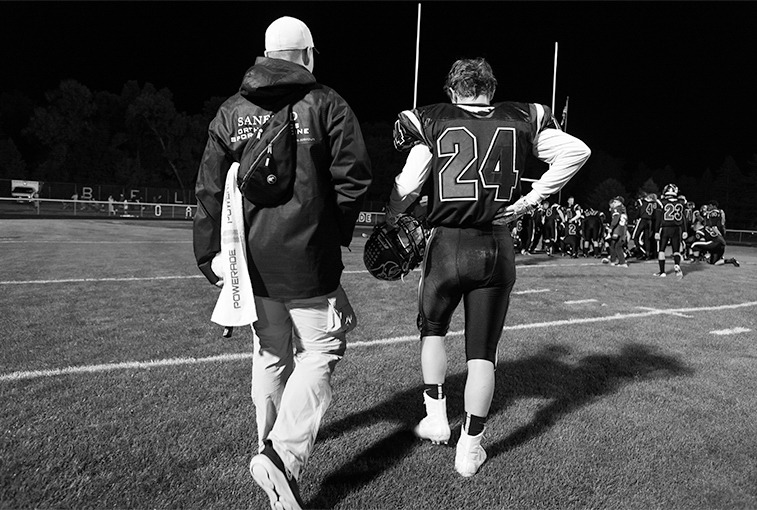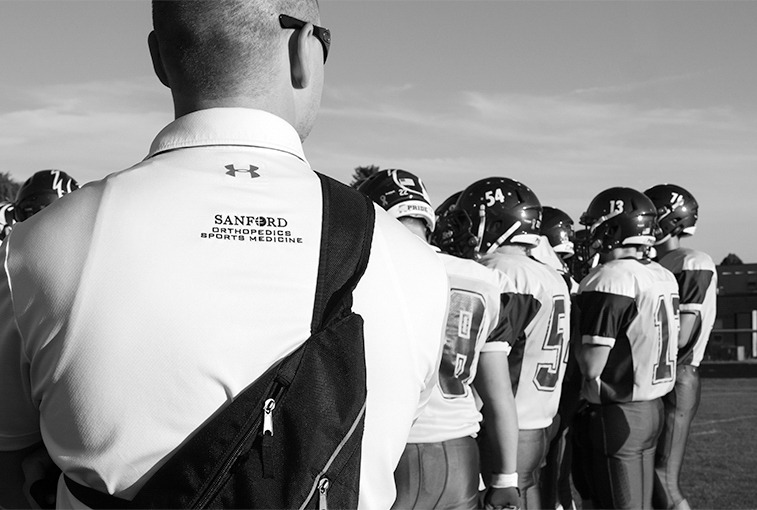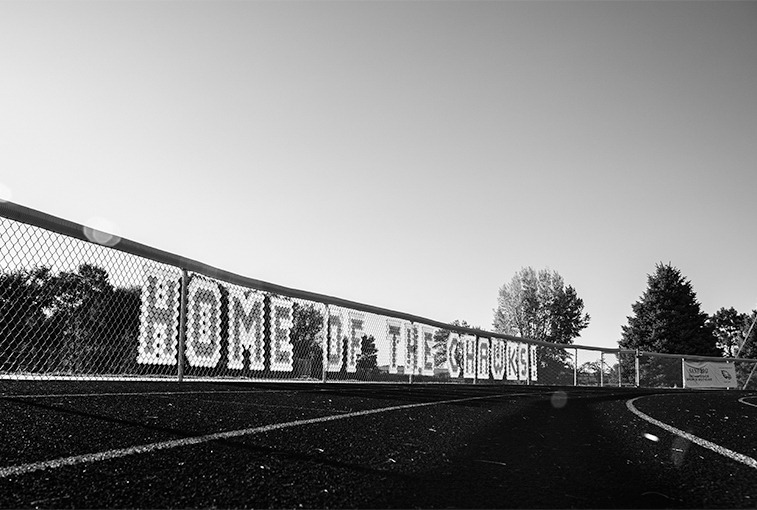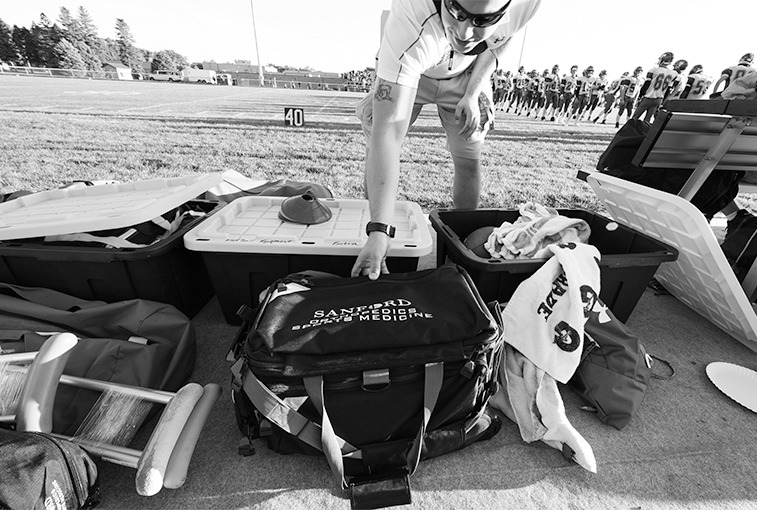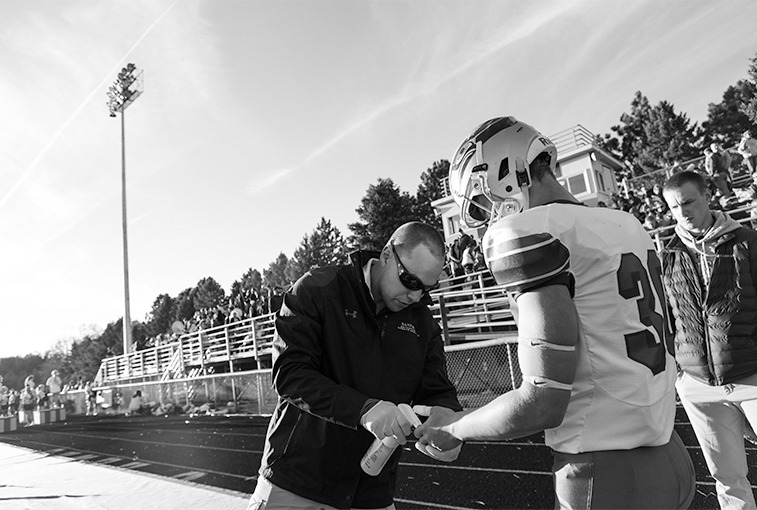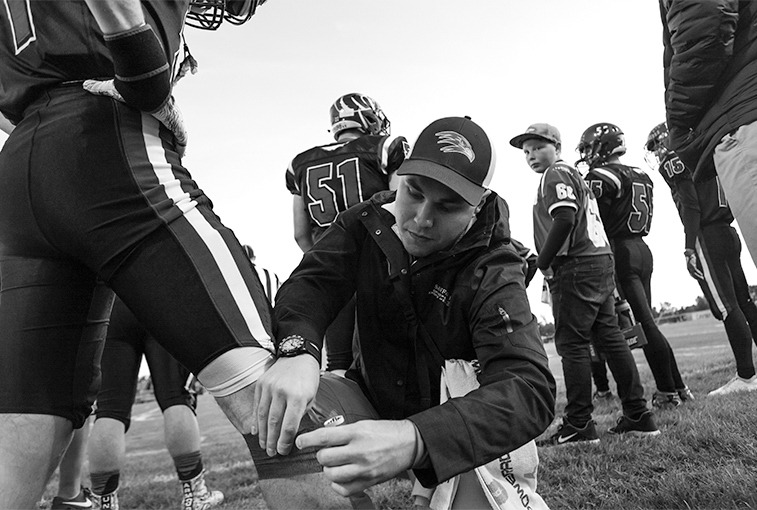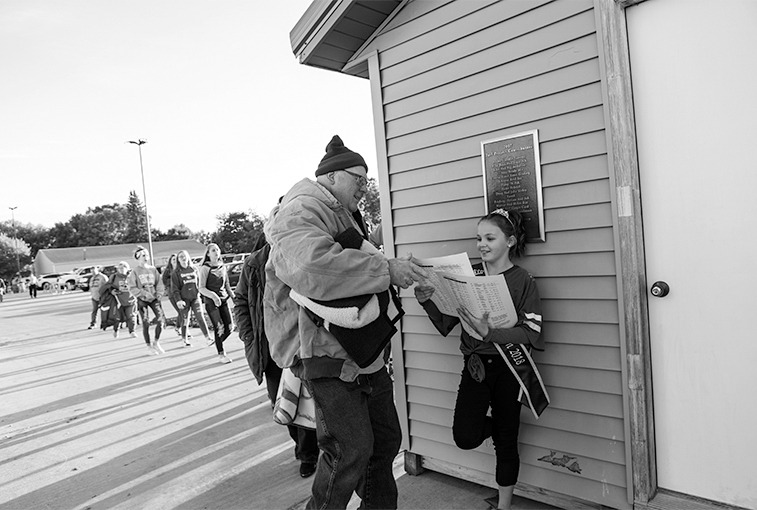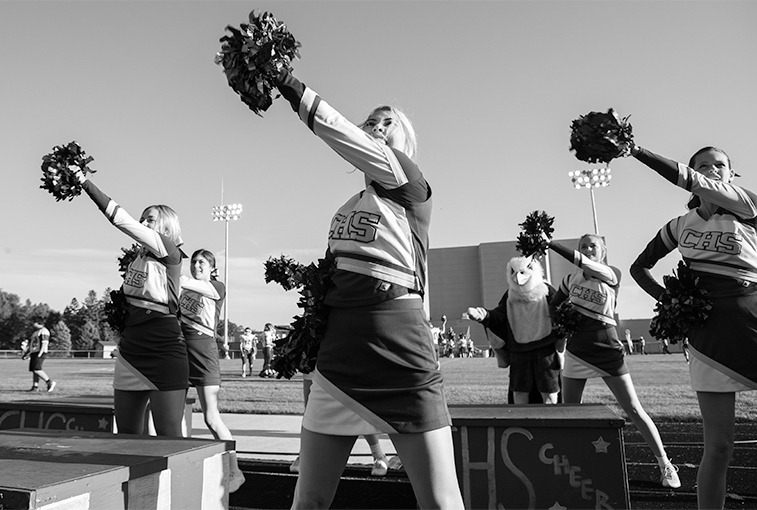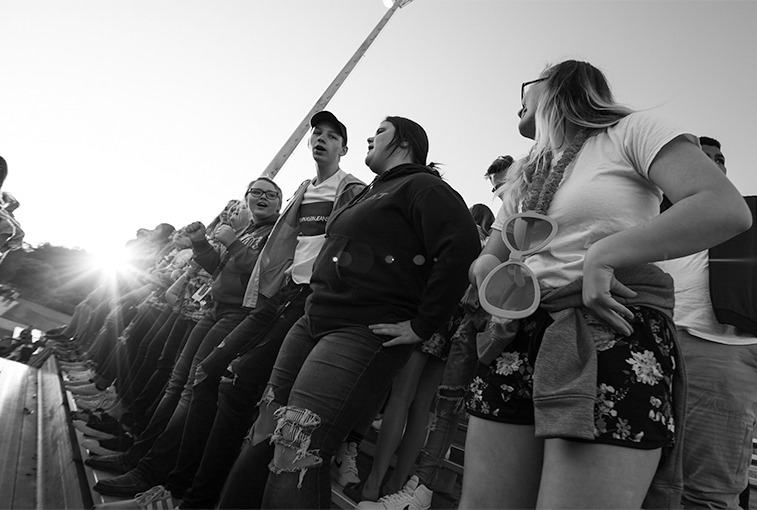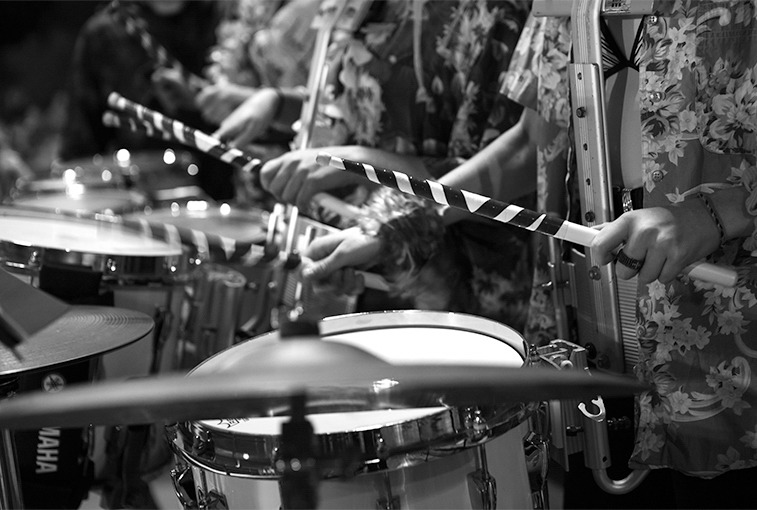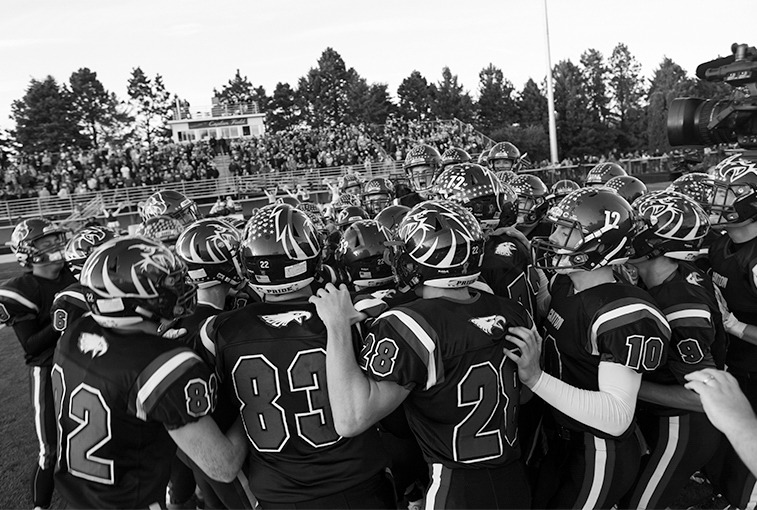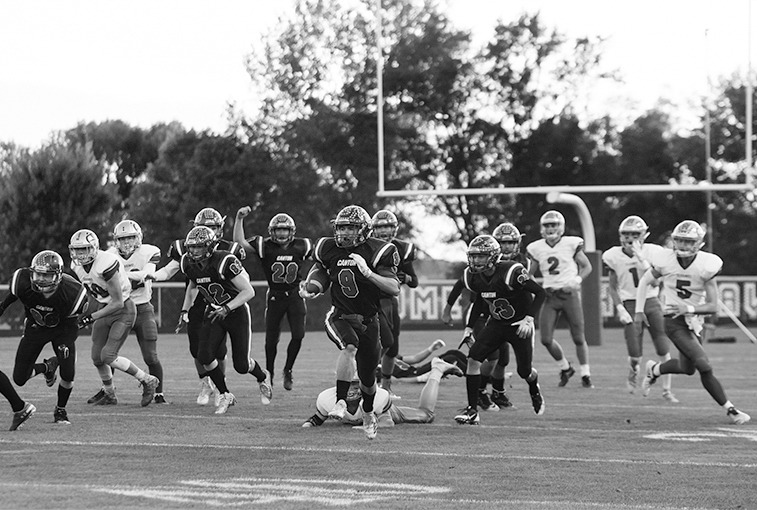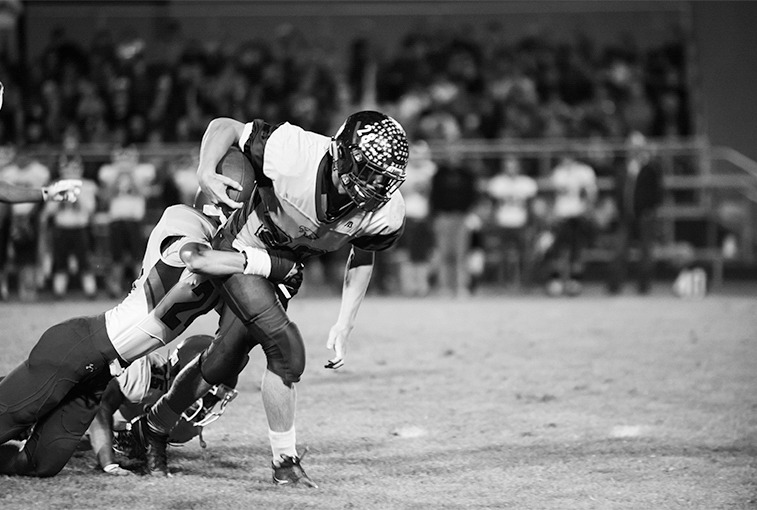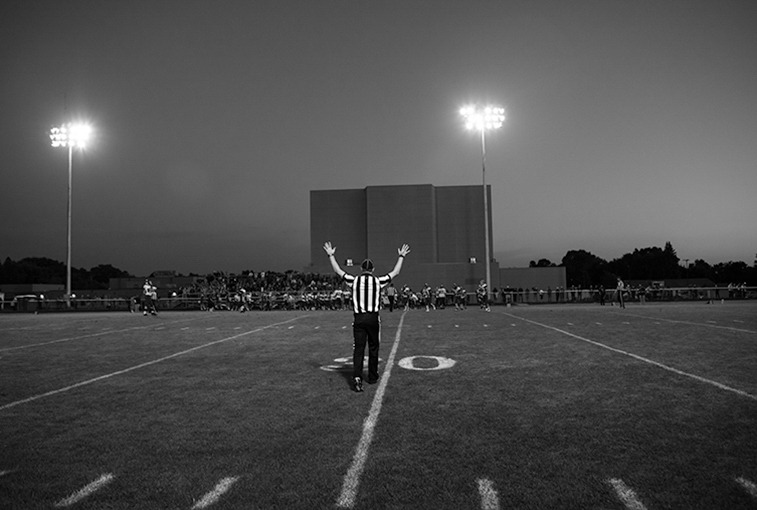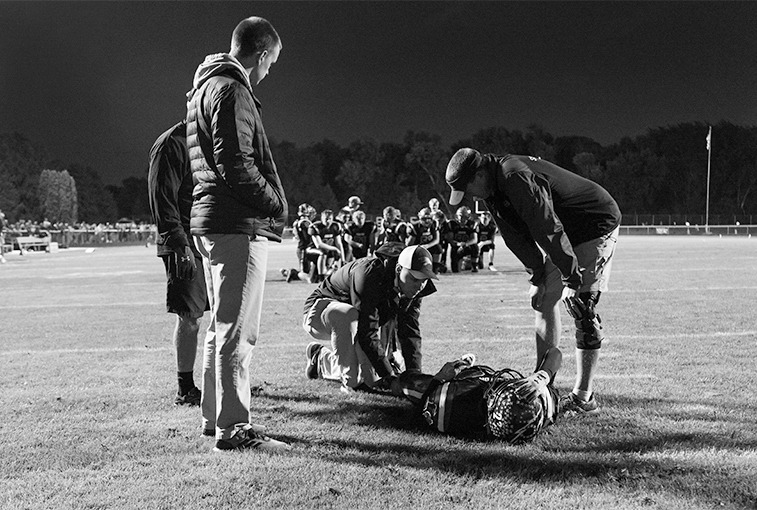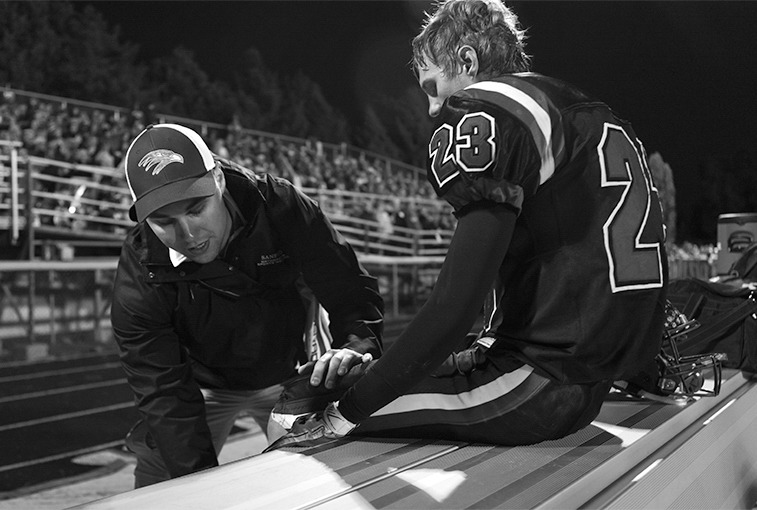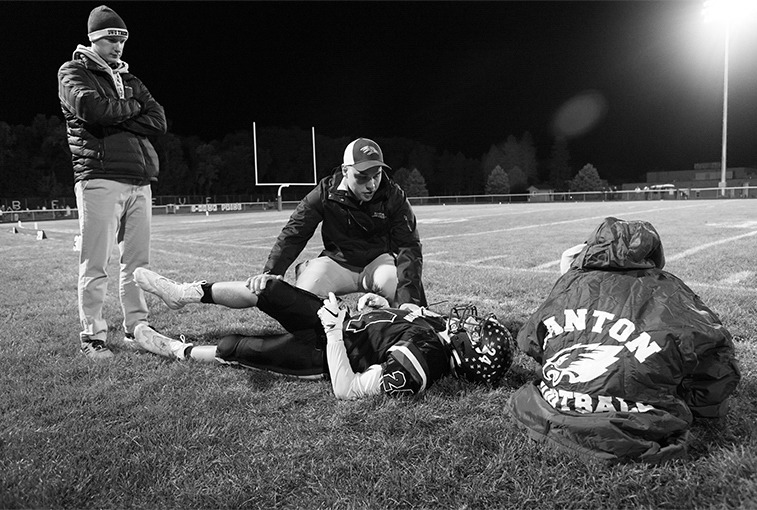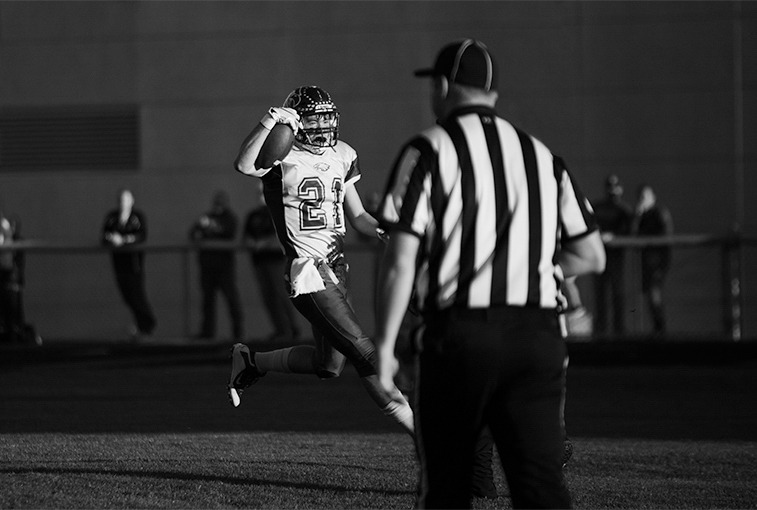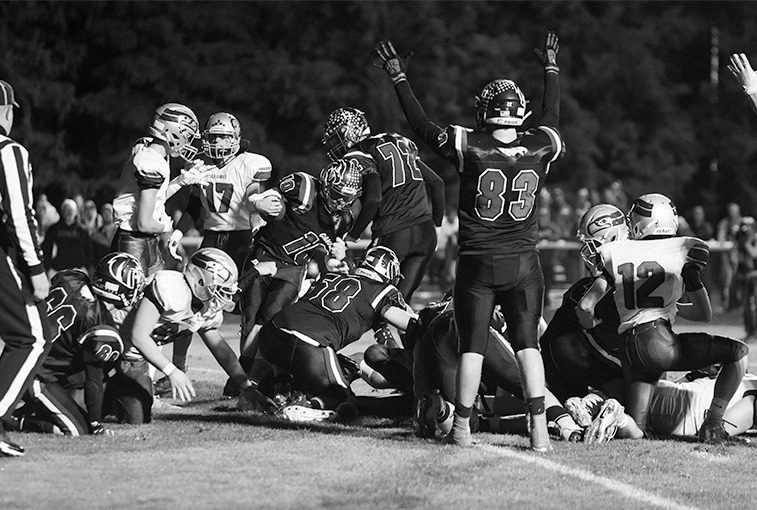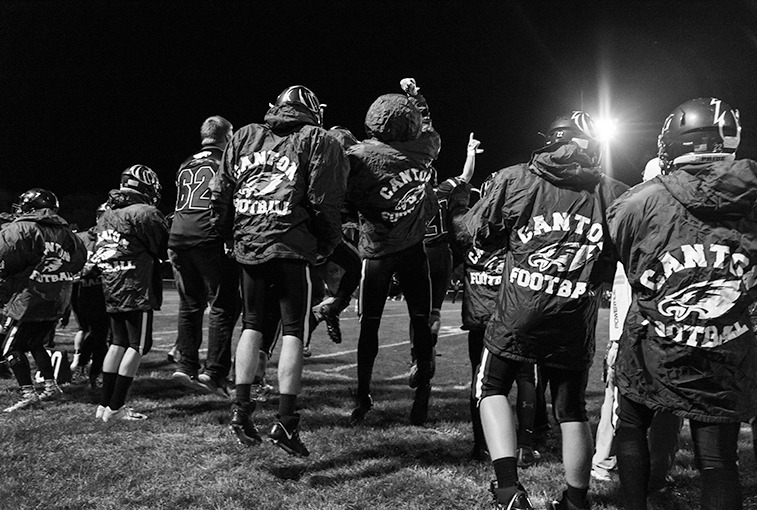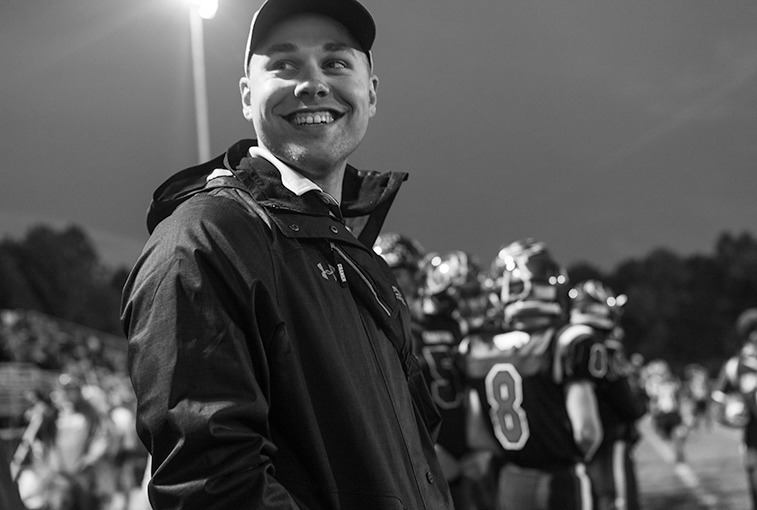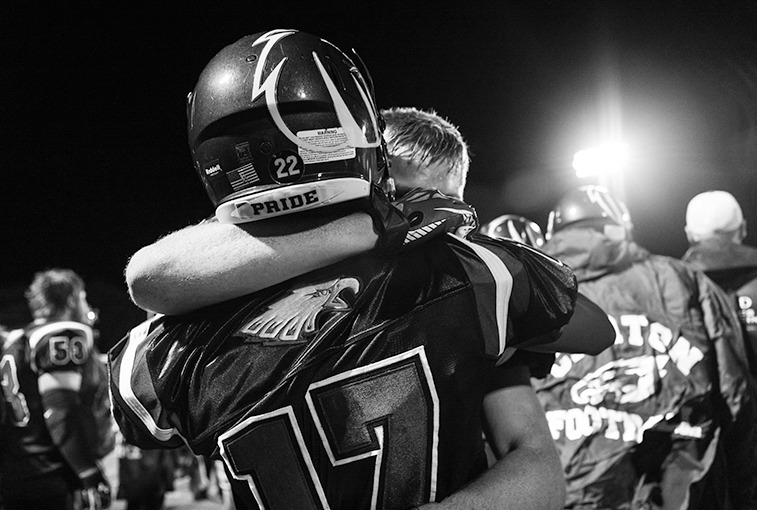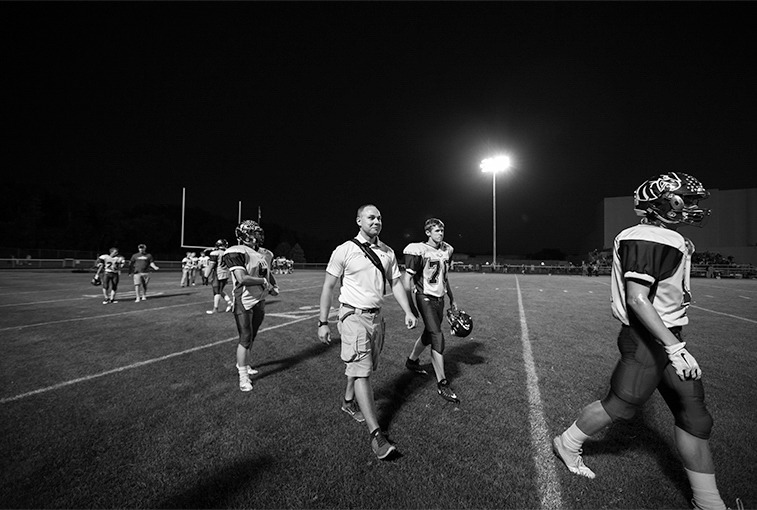Canton (South Dakota) High School head football coach Rich Lundstrom remembers well what it was like before he had a professional athletic trainer on the sideline. He played football as a student for the Canton C-Hawks in the 1980s when the coach took care of everything.
“He’d go into the athletic training room and there was a can of I don’t know what it was. But he’d spray everything with that stuff,” Lundstrom recalls of how injuries typically were treated. “I fractured my wrist and we just taped it up and I played the rest of the game.”
Now, as a coach, Lundstrom focuses on the game. He leaves most medical issues to Dan Hawley, the full-time athletic trainer provided to the 300-student high school through a contract with Sanford Health.
“It’s a huge help. It’s such a weight off our shoulders to not have to worry about what’s wrong with the kids. And it frees us up before practice. The athletic trainer tapes everybody. It’s been awesome,” Lundstrom says.
Athletic trainer can prevent injury
From two-a-days to back-to-back games and weight training for multiple sports, student athletes like those at Canton and other schools are kept incredibly busy. But if not taken care of properly, athletes could end up with injuries.
“There are many core components of what we do as athletic trainers,” says Tryg Odney, athletic training manager with Sanford Health. “At the beginning of the season, we focus on prevention, which can include reviewing the athlete’s health history for red flags that might need addressing before the season starts. We keep a close eye on individual fitness levels, ensuring they are using the proper technique and talking with them about nutrition and hydration.”
While these points may seem obvious, they can get overlooked, which can cause trouble down the road. When athletes are going into practice or games — especially in the heat — these are pivotal conversations.
“If athletes are hydrated and nourished, they’re going to perform better and not get as depleted. That predisposes them to an injury,” Odney says. “Prevention on the front side can hopefully reduce the number of injuries that occur, because they’re hard to come back from. An injury like pulling a hamstring can be debilitating. An athlete might not be able to run for six weeks. That’s over half the season.”
Helping students rehab
If an injury occurs, the athletic trainer helps kids return to the field in a safe and timely manner. Their No. 1 concern is the health of the athlete.
“There is a lot of pressure on the athlete — whether that is personal or external — to sort of tough it out and stay in the game,” Odney says. “But if the athlete is injured, that isn’t physically or mentally healthy. We know that nobody wants to come out of the game, but we certainly don’t want a second injury to occur, which could make everything much worse.”
Once an injury occurs, if there is an athletic trainer on the sideline, assessment and care can be given immediately. This helps minimize any potential delays in recovery. The athletic trainer then comes up with a plan for recovery and shares it with the parents, athlete and coaches.
“We make sure everyone buys in to the plan,” says Odney. “Because it doesn’t matter what the sport is, returning too soon puts an athlete at greater risk for re-injury.”
But when an athlete gets back to the sport they love, that makes all the work worth it.
“Working with an athlete that’s been injured and seeing them return to sport successfully is a great feeling,” Odney says. “You’ve put in that time along with the athlete to get them back to where they want to be. It’s equally rewarding to work with young athletes throughout their high school career and observe how they develop as people.”
‘Want them to succeed’
Hawley, the Sanford Health athletic trainer at Canton, 25 miles southeast of Sioux Falls, South Dakota, echoes that.
“You really get to know the kids and spend so much time with them at practice. You just really want them to succeed,” he says. “When they do well it’s an exciting experience.”
says the athletes — and their parents — benefit from having a skilled athletic trainer nearby.
“They have confidence in him that he knows what he’s talking about. He tells them what he sees with whatever their boo-boo is and what to do about it. They listen and do whatever he tells them to do,” he says.
“Dan, from day one, fit into our staff just like he’s one of the coaches.”
Hawley expects more schools to see the benefit of a dedicated athletic trainer. Their health care education and experience complement what the coaches bring to the team.
“There’s going to be an athletic trainer in every high school eventually. Things can happen at every level of play,” he says. “Where there’s sports, there’s injury.”
More athletic trainer stories
- Athletic trainers engage and challenge
- Athletic trainers: In the background but watching
- Sports medicine: Your key to a healthy, active lifestyle
- High schools go above and beyond to ensure athlete safety
…
Posted In Allied Health, Canton-Inwood, Sports Medicine
